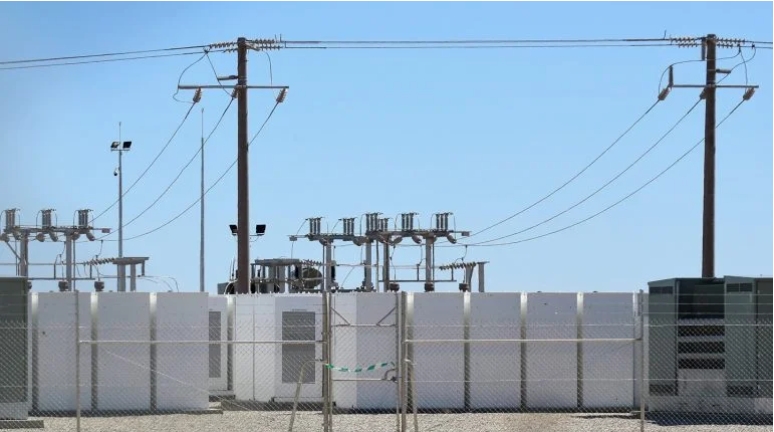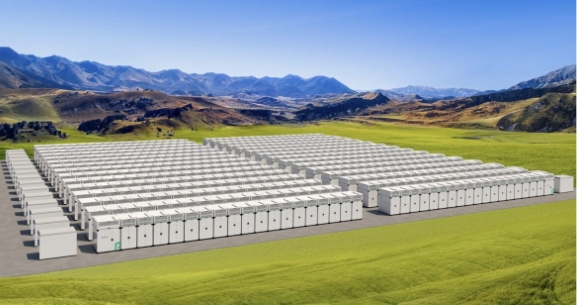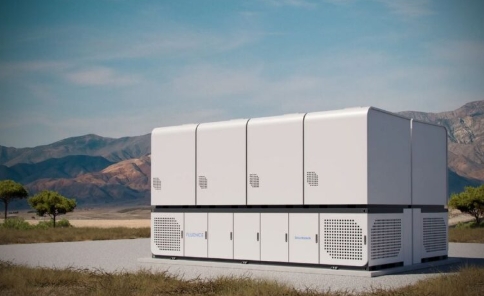
"Our research was able to estimate the total lithium present in the southwestern portion of the Smackover in Arkansas for the first time. We estimate there is enough dissolved lithium present in that region to replace U.S. imports of lithium and more. It is important to caution that these estimates are an in-place assessment. We have not estimated what is technically recoverable based on newer methods to extract lithium from brines," said Katherine Knierim, a hydrologist and the study's principal researcher.
The USGS estimates there is enough lithium brought to the surface in the oil and brine waste streams in southern Arkansas to cover current estimated U.S. lithium consumption. The U.S. relies on imports for more than 25% of its lithium.
The Smackover Formation is the latest among a series of large lithium discoveries made by the USGS in recent years. Last year, USGS fortuitously discovered lithium deposits bigger than Bolivia's salt flats, home to the world's biggest lithium reserves. While the discovery itself was not news, a new study published in the journal Science Advances estimates that the McDermitt Caldera, a volcanic crater on the Nevada-Oregon border, harbors 20 to 40 million metric tons of lithium deposits, nearly double Bolivia's 23 million metric tonnes at the upper range.
"If you believe their back-of-the-envelope estimation, this is a very, very significant deposit of lithium. It could change the dynamics of lithium globally, in terms of price, security of supply and geopolitics," Anouk Borst, a geologist at KU Leuven University who was not involved in the study, has told Chemistry World.
The caldera is estimated to have formed approximately 16.4 million years ago after a massive magma eruption. The lithium is deposited in a uniquely lithium-rich illite over 600 feet deep. To sweeten the deal further, the deposits are mostly concentrated in one spot, limiting the area impacted by mining.
"They seem to have hit the sweet spot where the clays are preserved close to the surface, so they won't have to extract as much rock, yet it hasn't been weathered away yet," Borst has told Chemistry World.
One small conundrum for the burgeoning U.S. lithium industry: although the McDermitt Caldera's lithium is locked up in clay, meaning mining costs are likely to be cheaper compared to mining spodumene deposits, extracting lithium from clay has never been done commercially. Bolivia has tried unsuccessfully for years to commercially produce lithium using its state-owned firm. It's the reason why industry experts remain skeptical about the real value of Mexico's newly nationalized vast lithium deposits because the country's lithium is found mostly in clay.
A few months later, the U.S. Department of Energy discovered a massive lithium deposit beneath California's Salton Sea, holding an estimated 18 million tons of lithium. According to the DoE, with expected technology advances, the Salton Sea region's total resources could produce more than 3,400 kilotons of lithium, worth up to $540 billion and enough to support over 375 million batteries for electric vehicles (EV)—more than the total number of vehicles currently on U.S. roads.
"Lithium is vital to decarbonizing the economy and meeting President Biden's goals of 50% electric vehicle adoption by 2030," said Jeff Marootian, Principal Deputy Assistant Secretary for Energy Efficiency and Renewable Energy.
"This report confirms the once-in-a-generation opportunity to build a domestic lithium industry at home while also expanding clean, flexible electricity generation. Using American innovation, we can lead the clean energy future, create jobs and a strong domestic supply chain, and boost our national energy security," the DoE declared.
The Salton Sea lithium deposit appears to be a real goldmine. After all, the DoE has revealed its Known Geothermal Resource Area (KGRA) has about 400 megawatts (MW) of geothermal electricity-generation capacity currently installed but has the potential for up to 2,950 MW. The DoE notes that the combined subsurface geology and geothermal activity in the Salton Sea's KGRA result in high concentrations of lithium, among the highest concentrations of lithium contained in geothermal brines across the globe.







